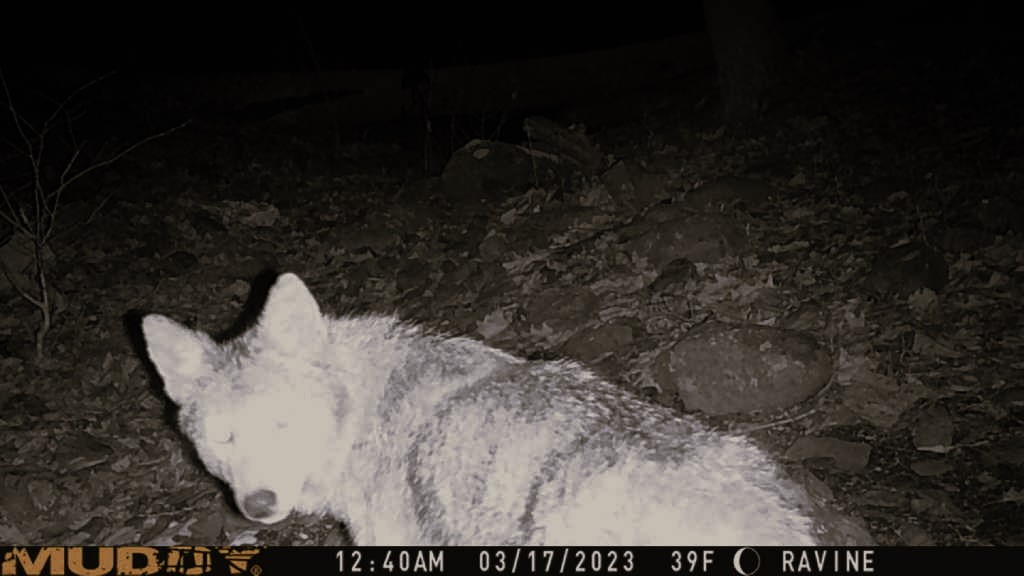Making a Life
September 22, 2023
As the days get noticeably shorter, the world around us starts to change. Inevitably, our chickens begin to lay less. A lot less. Even with a light on in the coop, they instinctively know we are heading towards winter, and that winter is a bad time to start raising chicks. Raising chicks is, after all, why chickens lay eggs. For them it’s not about providing us with sustenance – it’s about procreating.
Our sheep, on the other hand, respond to the change in daylight by coming into heat. With a 5-month gestation, ewes that are bred now will have their lambs just as the grass begins to grow, and by the time the lambs are weaned, the grass will be long enough to support them all. Who said sheep were stupid?
We need to move them soon to their respective breeding groups. We’ll remove the ram lambs from the rest of the flock, introduce the breeding ram, and relocate the ewes that we don’t want to breed. While we are getting ready to rearrange and relocate our flock, the coyotes and bears are starting to do the same. Young male coyotes are dispersing, leaving home and heading out on their own to find unclaimed territory. Breeding season for them won’t start for a couple months, but it might take them that long to find a home, and a mate. Fall is an especially dangerous time for coyote predation on our sheep. The young males are hungry and seem more willing to take a risk than a settled pair. We do our best to keep the fence fully charged and we’ll move the sheep from the more vulnerable pastures.
Coyotes mate for life and after giving birth, the female is completely dependent on her mate to bring her food. Our domesticated dogs are close enough genetically to breed with coyotes, but since the male dogs don’t stick around like male coyotes do, the pups don’t survive. I guess chivalry was bred out of dogs somewhere during the domestication process!
Male bears are even less chivalrous than our philandering dogs. They are not only polygamous and don’t stick around to help, but they can kill and eat the young bear cubs - even their own offspring. Predation by adult males is one of the leading causes of death for bear cubs. No wonder mother bears are so protective of their young! Cubs that were born last January will stay with their mother for another winter, finally dispersing next spring. Unless they lose their cubs, females only breed every other year. Even so, Fall is always a busy time for bears. They need to find 20,000 calories a day to accumulate the extra fat they’ll need for their winter’s torpor, and that makes killing our sheep all the more attractive.
I feel extremely lucky to live where we do, with such a vibrant ecosystem flourishing all around us. Like the momma bears, though, Anne and I will do whatever we need to, to keep our animals safe. I try not to take it personally or villainize the predators because I know in some ways, we aren’t actually that different. We are all just trying to create a life and make a living off this land.

